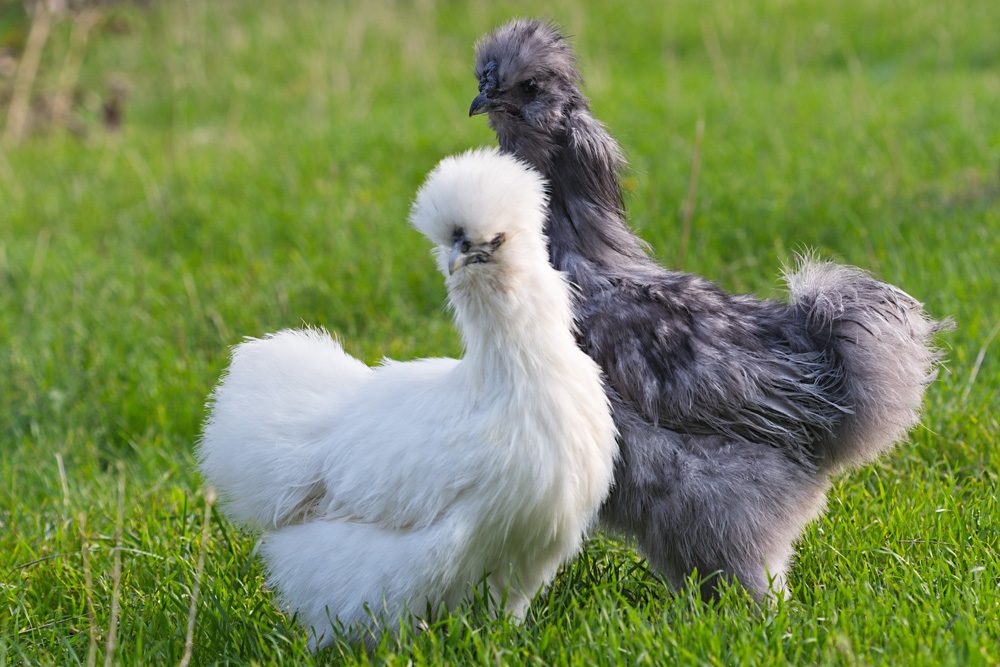Perk Up with 6 Tasteful Malaysian Drinks
Lighten your mood and rejuvenate your senses with 6 must-try Malaysian drinks!
Discover the authentic in Asian cuisine food

You know what a chicken looks like right? Feathers, red comb, 4 toes, white skin and bones. You’ve seen them and eaten them. Everything kind of tastes like them. You can fry them roast them, poach them and barbecue them. We eat their eggs. They’ve been domesticated for thousands of years. You know what a chicken is.
But here’s the thing: You don’t know what chickens look like. At least not Silkie Chickens. I’d be willing to bet you’ve never even heard of a Silkie chicken, let alone seen one. They’re pretty different, and that may be an understatement.
For a start, they don’t really have feathers. Well, not in the way you’re used to. They’re covered in downy, fluffy plumage which is very soft to the touch and often likened to silk or satin (hence the name). Because they don’t have feathers that hold together, the Silkie cannot fly, but they have five toes instead of a regular chicken’s 4, so there’s that. They also have strikingly blue earlobes that protrude from their plumage. The thing that really sets them apart is their bluish/black flesh and bones. Yes, even their bones are black.

Silkie chickens are incredibly docile and broody. They make excellent pets and are often exhibited at poultry shows. Though they’re not prolific layers (about 3 eggs a week), their super broody nature makes them ideal surrogate mums, so they’re often used to raise other species of chicken and bird.
The origins of the Silkie are unknown, but they’re thought to originate from China, where they’re known as wu gu ji, or “black chicken”. These days they’re found throughout Asia and even as far west as India. Marco Polo wrote about encountering “furry chickens” back in the 13th century, but it would be another 200 years before the Silkie started making it west to Europe. The traders selling these birds made sure to surround them in myth and mystery. Dutch merchants claimed they were the offspring of chickens and rabbits, while some others suggested they were covered in cat hair.
The Silkie is slightly smaller than a regular chicken, with the males rarely getting bigger than 2 kilos. Despite the flesh being a different colour, the flesh tastes very much like their paler skinned cousins. There’s very little factory farming of Silkies, they’re naturally raised free-range and often organically, which gives their meat a little more flavour. This makes Silkie chickens perfect for soups and hot pots. It also means it’s carcass makes amazing stocks and bone broths. They’re considered a real delicacy in China especially and have been used in traditional medicine for centuries, as they’re high in antioxidants, protein and Vitamin B.
Silkie chickens are harder to come by than the regular variety, but there’s plenty of specialty poultry shops and Asian butchers that may stock them or will order them in for you. Their great flavour and strange look is sure to generate some conversation if you serve it up at your next big meal, and with winter setting in they’re the ideal bird to make delicious soups and broths with. Go give them a try!

Lighten your mood and rejuvenate your senses with 6 must-try Malaysian drinks!

Pair your hearty barbecues with these refreshing Asian delights!

What are the properties of ginger, and how to pick, store and use ginger in your cooking? Find out here!